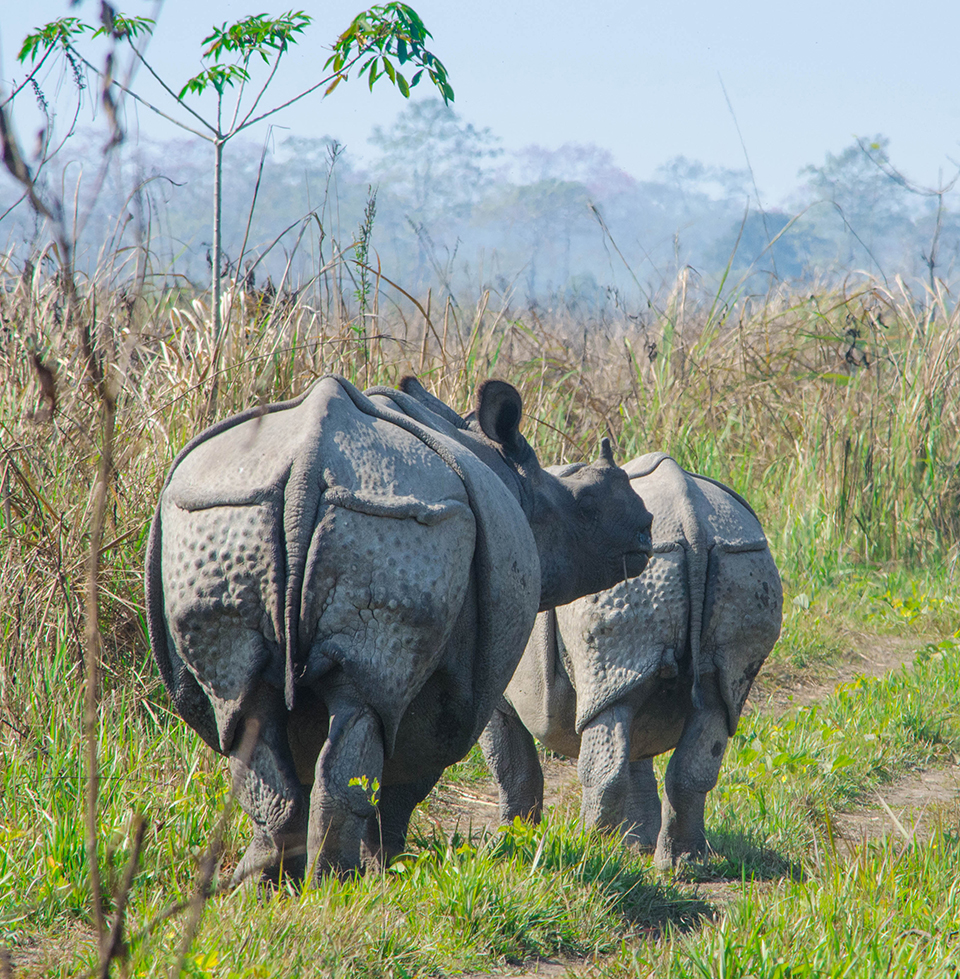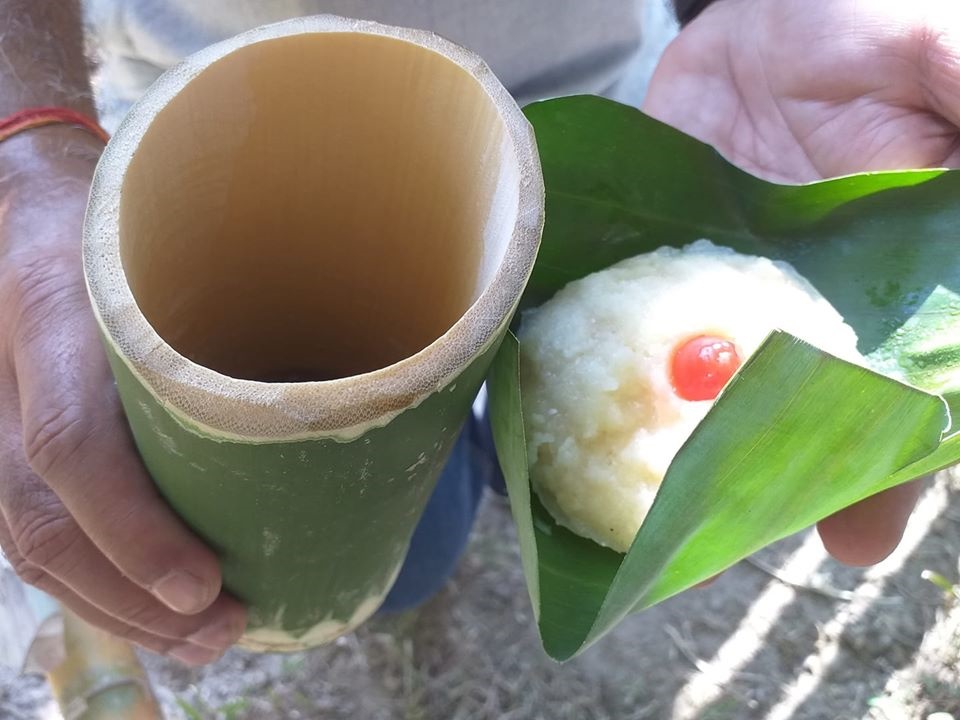J4L Destinations
Kaziranga National Park
The Kaziranga National park, a UNESCO Natural World Heritage site and the pride of Assam receives the largest tourist footfall in NE India. With an area of 482 sq km of core area, this National Park is an ecological hotspot by the south bank of the Brahmaputra river within Golaghat, Nagaon, Sonitpur and Biswanath districts of Assam. It is home to two thirds of the world’s Great one horned rhinoceros, and a sanctuary for other ecologically important animals and birds. Located in the Eastern Himalayan biodiversity hotspot, the National Park is a success story of protecting wildlife diversity across Asia.
The attempt of Journey for Learning is to allow visitors to explore the wildlife and biodiversity within the Park, as well as Natural Social and Cultural richness outside
You can read more on it here http://kaziranga.nptr.in/
Manas National Park
Manas National Park, another UNESCO National World Heritage site is famous for its wild water buffalo. Lying on the foothills of the densely forested Eastern Himalayas, with an area of 391 sq km, the National Park extends into Bhutan’s Royal Manas National Park in the North. Manas river runs through the park on the West, sustaining the biodiversity hotspots within the area. With its forested hills, alluvial grasslands and tropical evergreen forests, the National Park serves as a sanctuary for tiger conservation, for the protection of elephants and their corridors, and ensuring a healthy grassland for pygmy hogs.
The attempt of Journey for Learning is to allow visitors to explore the wildlife and biodiversity within the Park, as well as Natural, Social and Cultural richness and stories of co-existence.
You can read more here Manas Tiger Reserve - Official Website
Karbi Anglong Hills
Predominantly inhabited by the indigenous Karbi tribes, these hills lie between the vast floodplains of Assam to the South and the Barail Hills to the North. It also lies immediately South of the Kaziranga National Park. The moist deciduous and semi evergreen forests of Karbi Hills are very rich in biodiversity and are refuge habitat and corridors for many animal species inhabiting the Kaziranga NP. The communities here are primarily small holding marginalized farmers who depend on the forest and practice Jhum traditionally. The forest is considered sacred. However, over time and due to increase in population, forest as well as traditional beliefs have degraded, leading to loss of forests.
Through J4L, we attempt to bring visitors to the Karbi Hills, primarily in four -five villages near the Kaziranga National Park where homestays and nature trekking is promoted. Our eco-cultural tourism is managed by local families and is promoted by Aaranyak.
You can read more on it here Govt. of Assam - Karbi Anglong
Karbi Tribe
The Karbi community is an indigeneous tribe to the Northeast Region of India. With a population of 4,20,000 according to the 2011 Census, majority of them inhabit the East and West Karbi Anglong Districts in Assam. They are governed by the Karbi Anglong Autonomous District Council under the 6th Schedule of the constitution with its HQ in Diphu. The Karbi tribes als live in close proximity to Kaziranga National Park which makes them an important ally in conservation around the park. The community practices jhum cultivation for their livelihood, and are dependent on the forests in the adjoining areas for non timber forest produce.Through Journey for Learning, our attempt is to ensure sustainable livelihood opportunities for the Karbi community. Parallelly, we want visitors to understand and learn about the community’s traditional knowledge systems.
Read more here on Karbi Anglong District Karbi Anglong Tribes - Assam Govt.
Bodo Tribe
The Bodos are one of the most hospitable and the largest ethnic indigenous group in Assam (~ 13 lakhs). Bodos also have autonomous governance within the Bodoland Territorial Region consisting of four districts, viz. Kokrajhar, Chirag, Baksa and Udalguri. The Bodos are known as early settlers who were the one of the firsts in silk rearing and rice cultivation. There are also large Bodo populations living in close proximity to the Manas National Park and are therefore instrumental in direct conservation of biodiversity and natural resource management as well as in addressing man-animal conflicts..Journey for Learning believes that the community holds important traditional knowledge that holds key answers to address contemporary challenges to conservation and natural resources management that all of us can learn from.
Read more about the community here Bodo People on Wikipedia





